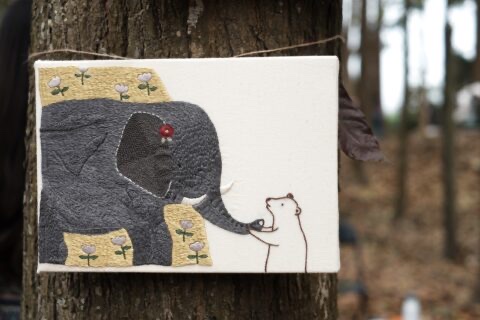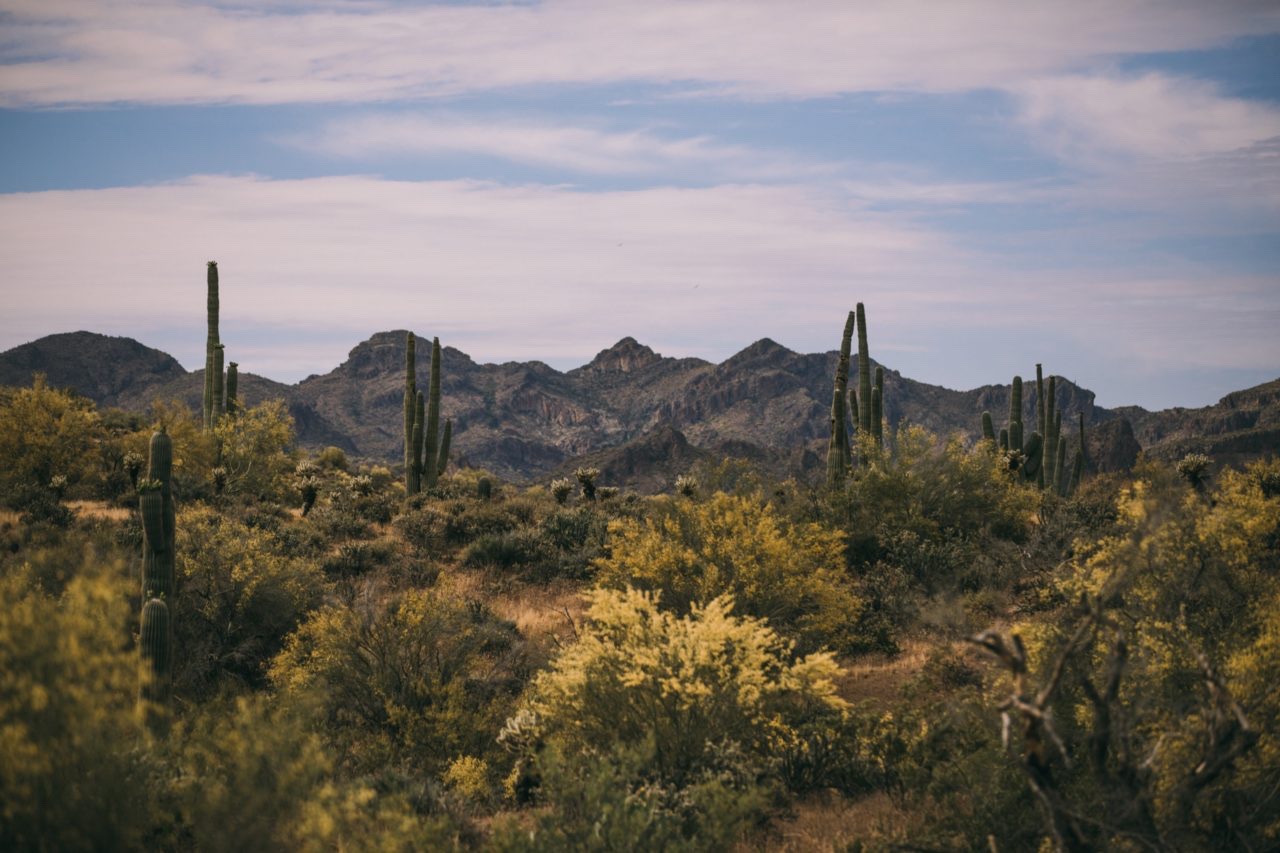
作為倫敦藝術館Tate Modern的常客,丹麥藝術家Olafur Eliasson今年以《The Real Life》為題的展覽,揉合光影和幾何空間,打開觀眾的感官,當中不乏有關氣候議題的作品,讓人反思個人與環境的關係。Eliasson去年與地質學家Minik Rosing一起創作的《Ice Watch》,在Tate Modern前空地展出來自格陵蘭的巨型冰塊,慢慢融化的冰塊把氣候變化的問題帶到眼前,殘酷得令人難以直視。
作為倫敦藝術館Tate Modern的常客,丹麥藝術家Olafur Eliasson今年以《The Real Life》為題的展覽,揉合光影和幾何空間,打開觀眾的感官,當中不乏有關氣候議題的作品,讓人反思個人與環境的關係。Eliasson去年與地質學家Minik Rosing一起創作的《Ice Watch》,在Tate Modern前空地展出來自格陵蘭的巨型冰塊,慢慢融化的冰塊把氣候變化的問題帶到眼前,殘酷得令人難以直視。

今年亞馬遜雨林的連月大火,也令人不得不思考到底地球生病的程度有多嚴重呢?時裝品牌Prada繼早前宣佈停用皮草後,接著推出嶄新的Re-Nylon計劃,改變時裝與環境失衡的關係。八十年代誕生、採用軍營用尼龍製作的尼龍袋,改變了尼龍予人廉價之感,更能與傳統、強調手工藝的手袋相比,成為品牌標誌性的系列之一。為了令品牌走向可持續的未來,品牌以廢物重造的方式製造再生尼龍——ECONYL®,成份來自海洋中的塑膠廢物、地毯等廢棄紡織纖維和漁網等,再生紗可無限地被循環再造,而質量亦不因此而降低。袋上的三角環保標誌呼應傳統標誌,也代表創新物料的誕生。Prada更計劃於2021年將全面以再生物料取代原有的尼龍,以達致不使用新資源下,繼續創造新的產品。永續時裝能讓我們在追求優質時尚產品的同時減低對環境的傷害。
Prada為了讓大眾了解Re-Nylon計劃的背後理念和製作過程,與國家地理雜誌合作,以《What We Carry》為主題拍攝五集短片,深入各個原材料的來源地,包括美國的亞利桑那州鳳凰城的地毯回收工廠和新西蘭的曼哈娜灣,了解大量地毯和漁網被棄置的問題,揭示人類對環境的影響深遠。「What We Carry」重點在於個人,每個人攜帶的東西都可以影響地球負擔的重量,也只有每個人都踏出微小而重要的一步,才能真正地改變世界。
As a regular to the art museum Tate Modern in London, the Danish artist Olafur Eliasson returns with an exhibition titled The Real Life this year. Using captivating installations that combine complex geometry and lighting effects to broaden the sense of visitors, the artist’s works have shed light on social issues like climate change to invite visitors to reflect on our relationship with the environment. Last year, Eliasson and geologist Minik Rosing installed Ice Watch, which is a group of twenty-four blocks of ice brought from Greenland to London, right in front of Tate Modern. Visitors could interact with these chunks of melting ice; such interaction pressed visitors to contemplate on the acute problem of climate change.
The Amazon forest fires that have lasted for months this year are also a wake-up call to look at how ill our planet has become. The fashion brand Prada has recently announced it will stop using animal fur from next year. Soon after that, the brand launched the new Re-Nylon project, hoping to improve the balance between fashion and the environment. In the 80s, the brand introduced a bag series made from nylon that was used for army tent. The nylon bags quickly became an iconic product line by the brand. With a big contrast to the more traditional and heavily crafted bag designs, this reinterpretation of nylon instantly changed people’s usual perception of the material as being cheap.
To bring the brand onto a track towards a sustainable future, Prada has introduced the regenerated nylon ECONYL®, which are made from 100% recycled ocean trash, fabrics from discarded carpets, fishing net and other used materials. The regenerated yarn can be reused indefinitely, without compromising on the quality. The new triangular product logo has been adapted from the recycle logo, also to represent the novelty of the material. As part of the brand’s environmental conservation initiatives, Prada aims at fully applying the regenerated yarn to all their nylon products by 2021. Sustainable fashion is the answer to the pursuit of quality trendy items without adding burden to our environment.
To let the public understand more about the concepts and production process behind the Re-Nylon project, Prada has teamed up with National Geographic to create a short documentary series titled What We Carry to show consumers the process Prada is taking to reduce the use of plastic in its bags. The episodes take the audience across the world to different facilities and factories including the carpet recycling facility in Phoenix Arizona and the abandoned “ghost fishing net” below the surface of the ocean in Mahana Bay, off the coast of New Zealand. By revealing the impacts human bring to the environment, the series aims at pointing out “what we carry” would inevitably create a certain amount of burden on the environment. Therefore, we need to take a small step each time to bring genuine change to the world.